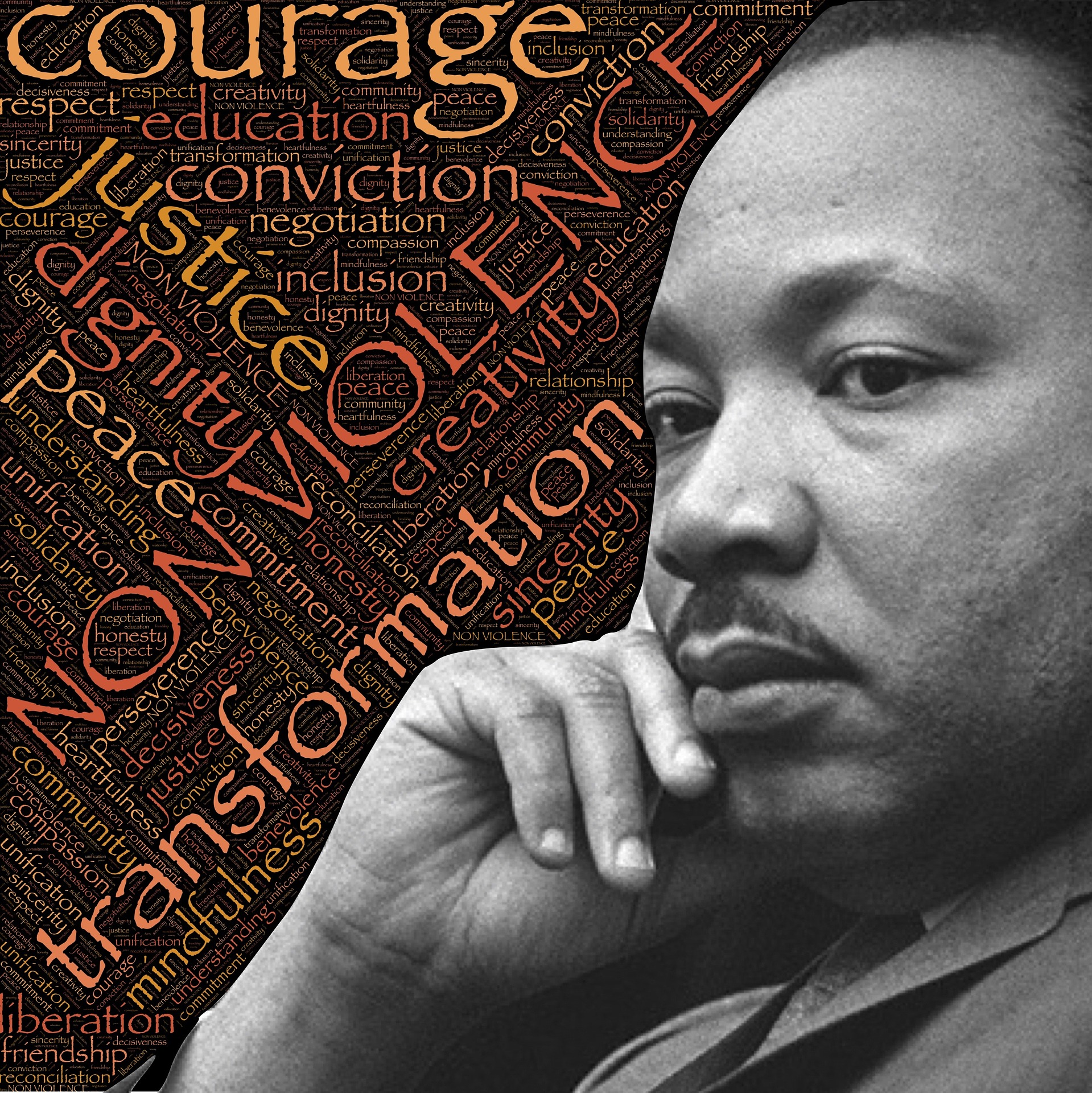By Victoria Tillson Evans, Ph.D.
In a recent conversation with a student, something bothered me about her ideas for community service. It also bothered me that something about wanting to help others was somehow problematic. As I listened to her explain that she wanted to join an organization, similar to the National Honor Society, that organizes volunteer opportunities at various non-profits on an ad hoc basis, I wracked my brain to figure out what was wrong. Was it the fact that she wanted to do service on an ad hoc basis? I’ve known and expressed for years to students that that’s not the way to go about it. There was something more, but I couldn’t quite put my finger on it.
Traditionally, I’ve recommended that students get involved with volunteer organizations that match their interests. For example, a student with ambitions to become a veterinarian should look into helping at an animal shelter or zoo, whereas a student who’s into basketball should think about the Special Olympics or Keen Club. Yet, as I thought it through, even these ideas now seemed to miss the mark for those really seeking to impress admissions offices and make a meaningful difference.
The next morning, as I was writing my follow-up email to this student, the true problem hit me. After seeing an increase in essay prompts focused on the common good, activism, social justice, and difficult conversations over the last three years, I realized that traditional forms of community service, even when they match a student’s interests, just don’t pack the punch they used to. Instead, students who tap into their identities, talents, and interests, and use them to fight for a cause are appealing more to colleges.
With this revelation, I knew that students needed to get involved with or create an initiative that made an impact on society. Some students would easily take this knowledge and run with it, creating a project without needing any input. Others, however, wouldn’t know where to start, simply because they are not naturally the activist types.
If you fall into the latter category, trust me, you’re not alone, and there are ways to work around this issue. In certain instances, all it takes is noticing a common theme among your interests. Maybe it’s children. Maybe it’s water quality. Maybe it’s nutrition. Whatever idea connects your hobbies and activities, you can take it to identify problems that need to be addressed. If you’re concerned about access to quality food, maybe you’ll do research on urban food deserts or food waste in restaurants. From there, you can begin brainstorming solutions. If you’re also for the protection of the environment, this could look like starting a campaign to fight against the use of chemical insecticides on farm produce in your community. If you’re for healthy habits and cutting down on air pollution, it can be about petitioning area public schools to buy only locally sourced ingredients for meals to cut down on CO2 emissions.
If you don’t have such insight into what you care about, I’ve developed a thought experiment for you to try. Here’s what to do:
- Open a local newspaper and skim the headlines for stories that interest you.
- Read the full articles of those that piqued your interest (or even better, those that make you angry)!
- Think of ways that you can contribute to solving the problem. This can also entail talking to others about possible ideas, or googling and reflecting on projects that other people have already started. You can even ask ChatGPT!
When I conducted this thought experiment myself, it was December 26th, 2022, and we were in the midst of an arctic bomb cyclone on the East Coast. To say it was cold outside would be an understatement. In an article I read, several busloads sent to DC by the Texas governor had just left over 100 migrants from Latin America outside of the U.S. Vice President’s residence. As I looked at the photo of the families standing around in short sleeves and no hats nor mittens, my first thought was, “Wow! Those people must be freezing.” I then asked myself what could be done to help those people. The first idea that came to my mind was to put together a winter gear drive for these people. Just like that, I had come up with a passion project of my own!
Over the last few years, several students of mine have come up with their own unique ideas, like:
- An international youth literary magazine that donates proceeds from its summer mentorship program to Black Lives Matter
- An international program providing internet literacy and safety tips to senior citizens
- A national program to introduce physical training and produce mobile gyms from low-cost and recycled materials for migrant communities
- A school-based program to fight the misuse of bathrooms for hate speech, and other harmful activities
- An app that transcribes teachers’ oral lessons in real time into text for hard-of-hearing students.
As you can see, the approaches and issues are wide-ranging, yet, every single one of these projects plays to my students’ strengths from writing and caring for the elderly, to health, social reform, and technology. There is no one-size-fits-all when it comes to coming up with a passion project. They are, and should be, as individual as the people who start them.
So tell me, what’s your idea?

Comments are closed.